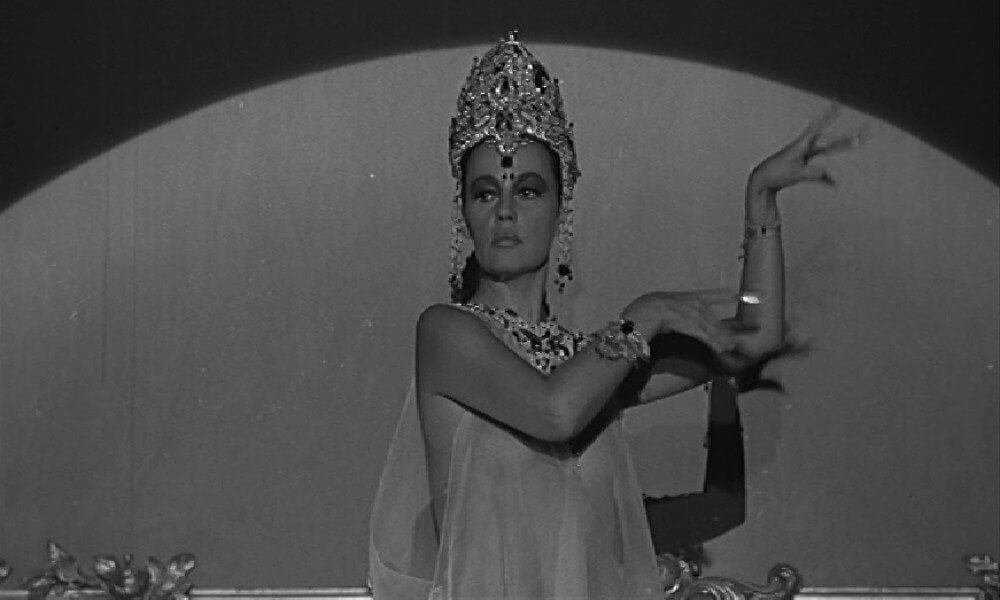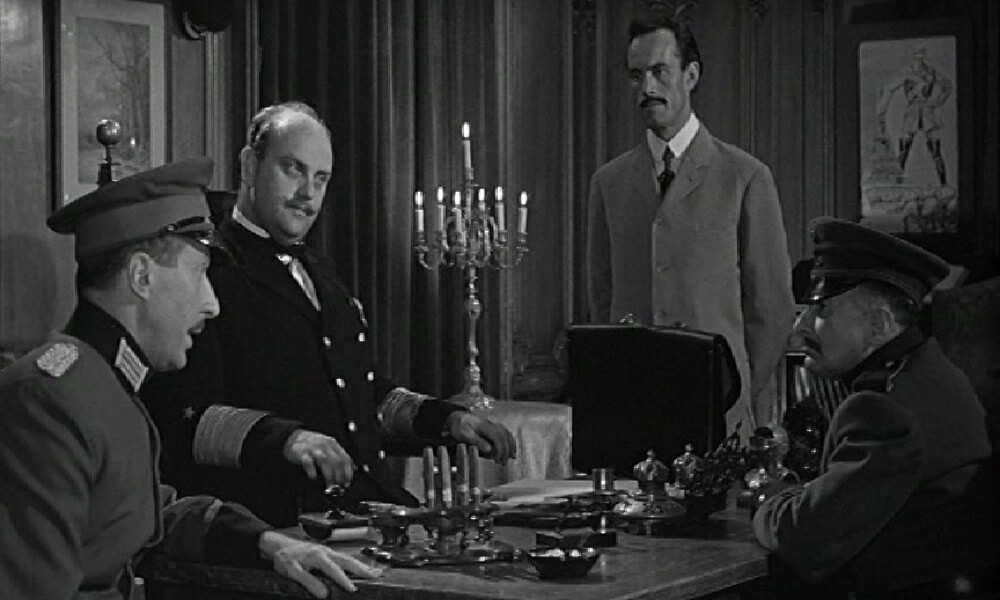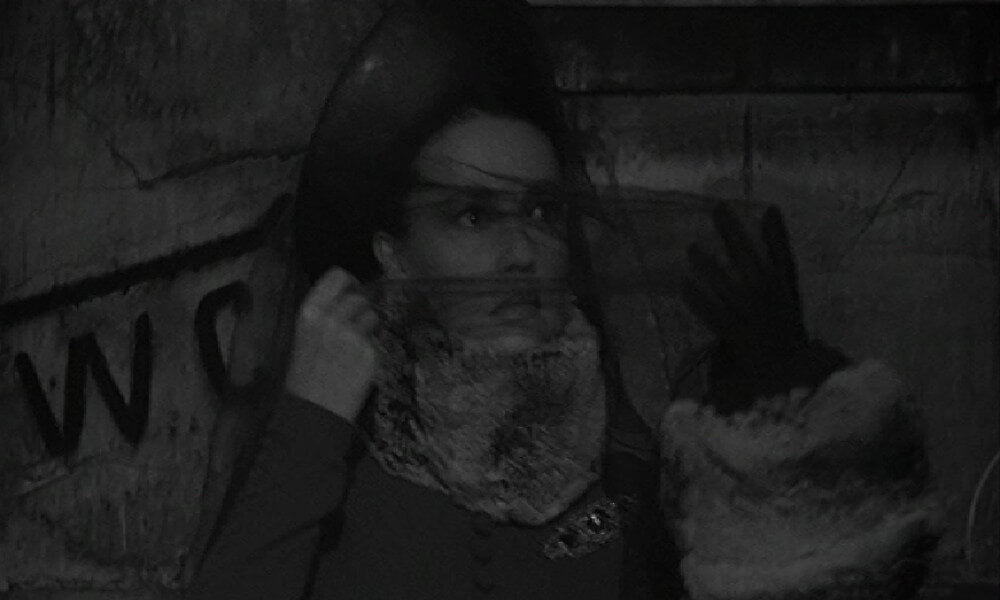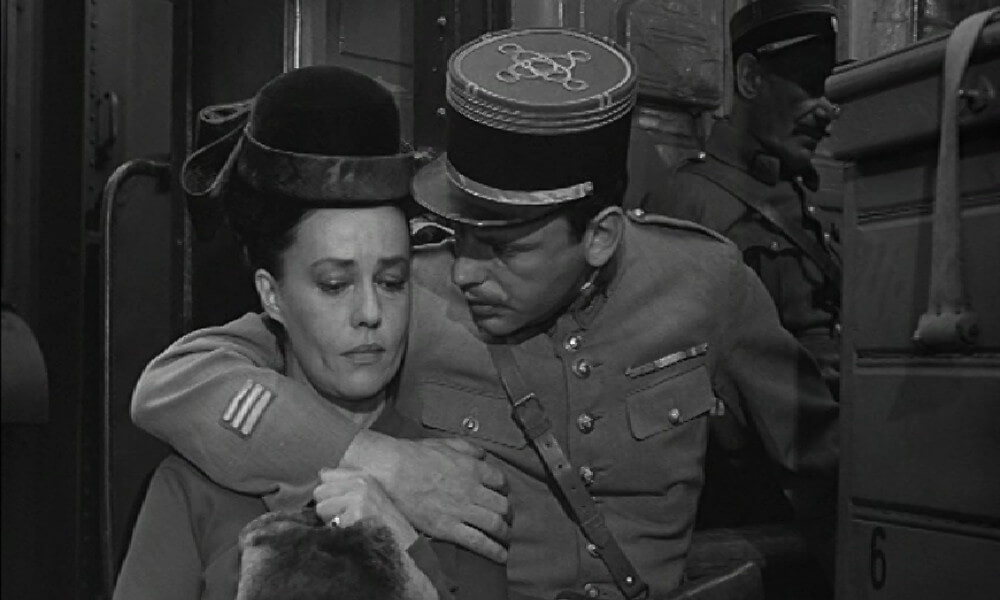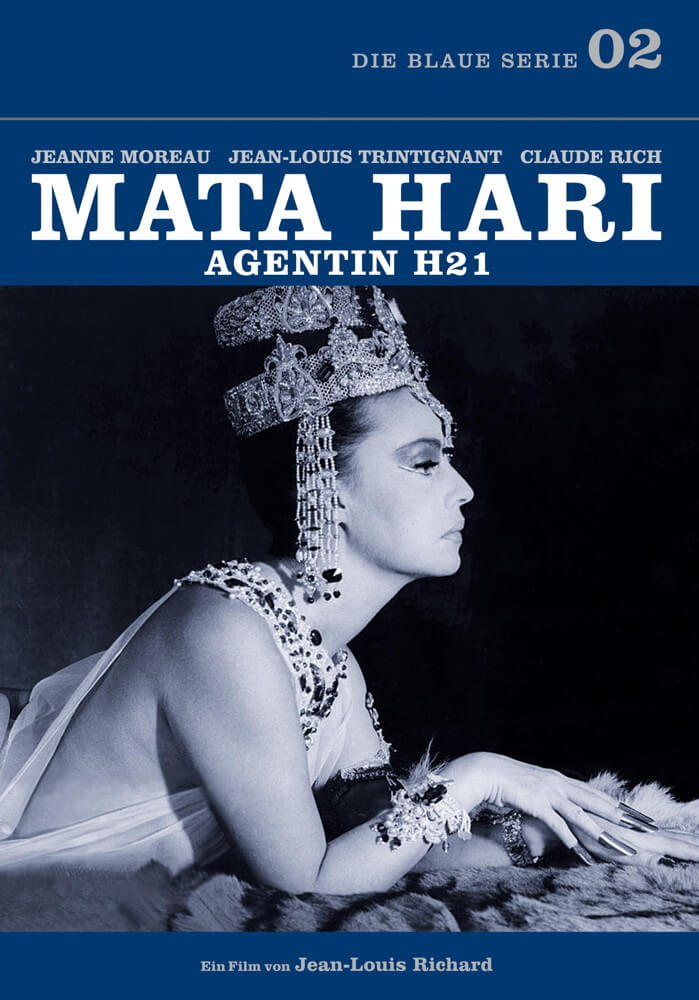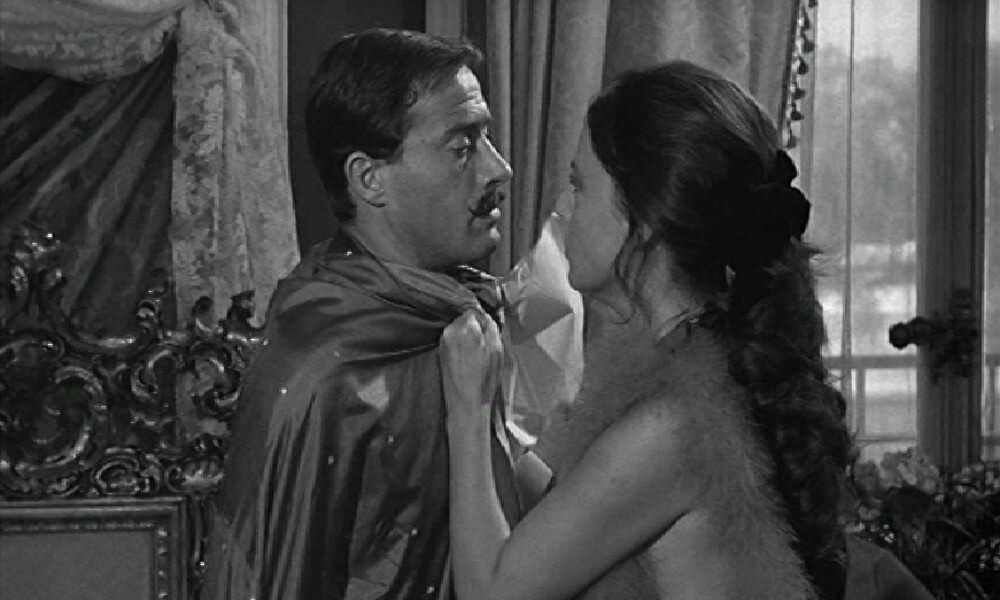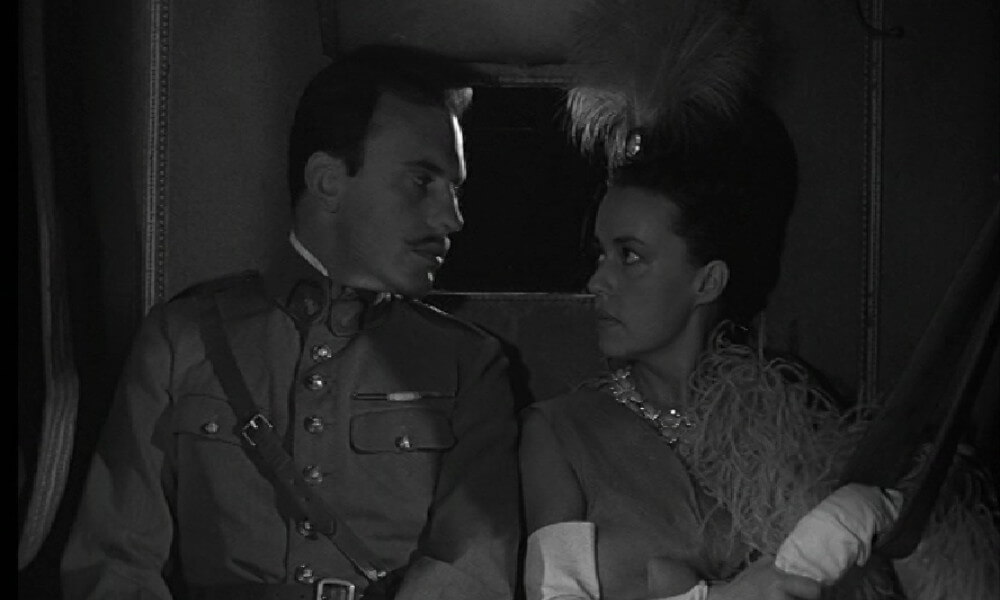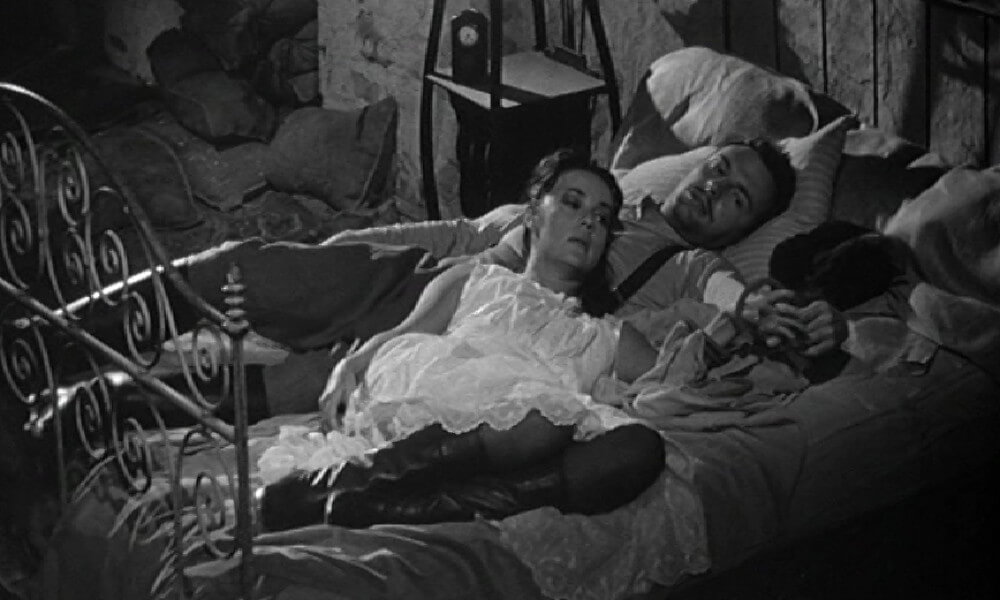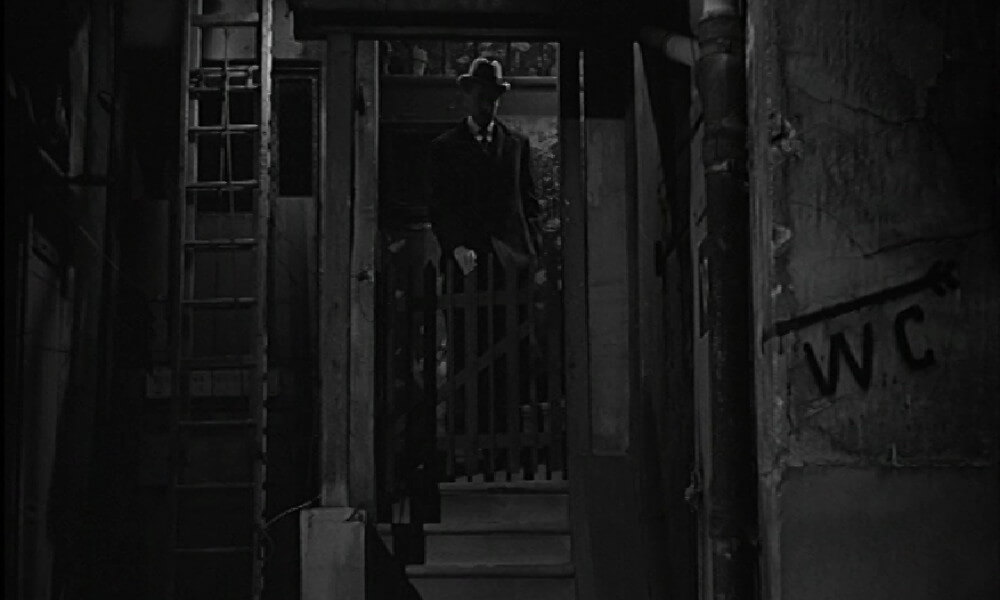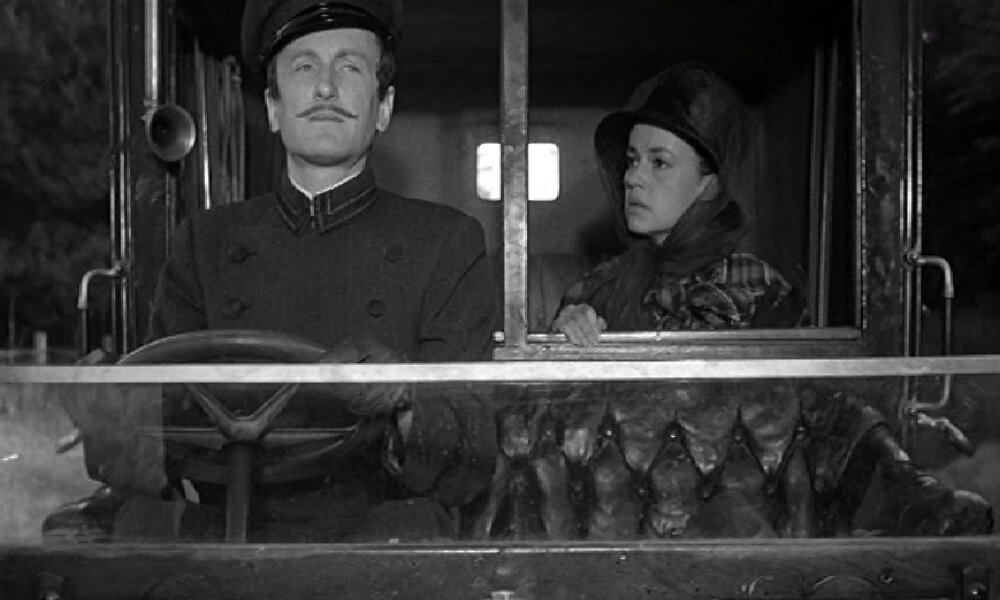Original title: Mata Hari, agent H21
Director: Jean-Louis Richard
Screenplay: Jean-Louis Richard, François Truffaut
Dialogue: François Truffaut
Actor & actresses: Jeanne Moreau, Jean-Louis Trintignant, Claude Rich, Henri Garcin, Georges Riquier, Frank Villard, Albert Rémy, Hella Petri, Nicole Desailly, Carla Marlier, Jean-Marie Drot, Marcel Berbert, Georges Géret, Henri Coutet, Charles Denner, Max Desrau, Van Doude, Marie Dubois, Yvette Etiévant, Guy Fox, Édouard Francomme, Marcel Gassouk, Charles Lavialle, Jean-Pierre Léaud, Claude Mansard, Serge Rousseau, Pierre Tornade
Producer: Eugène Lépicier
Cinematography: Michel Kelber
Cutting: Kenout Peltier
Production design: Claude Pignot
Costume design: Kenout Peltier
Music: Georges Delerue
Production companies: Filmel, Les Films du Carrosse, Simar Films, Fida Cinematografica
Year of production: 1964
Genres: Drama, Romance, History
Company: Frankreich, Italy
Language: French
Dubbing: Germany
Lenght: 95 Min
Rating: FSK 16
Apect Ratio: 1.33 : 1
Sound: Mono
Colour: black & white
Resolution: SD


